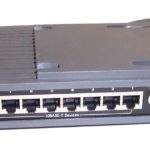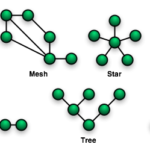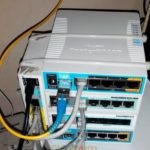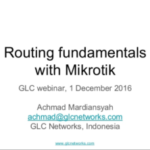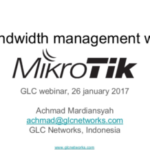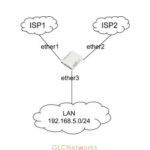In the early of telephone communication, a central office (aka. telephone exchange, switch) provides a coverage area where all telephones should connect to it. these physical connections from customer premise to central office is called access network / local loop / subscriber line. (Central office, switch, trunks, local loop)
Why is it called switch?
Because it switches (connects) connection between subscribers. With switching capability, 2 subscribers can communicate because their physical lines are connected by the switch.
in the beginning, this switching process was done by human. later on, its automated by mechanical switches and then fully digital.
max distance of cable?
when the signal travels over cable, it gets attenuated. therefore, there is a maximum limit of local loop distance (around 3-4 km), which defines a coverage area of a central office.
as a consequence, company needs to build another central office to cover another area. and the connection between them is called trunk. see picture below:

i see, so thats how the area code coming out?
yes. telephone company gives telephone number to identify its subscribers. and in order to identify coverage area of an exchange, telephone company uses area code, so that the same subscriber number can be re-used in other area.
What happen when customer from left central office want to call customer on right central office?
well left central office will receive call request, pick available trunk and connect to end central office. in some cases, subscriber is required to enter the area code of called party. this area number is used to route the call to the destination
what happen if all trunks are busy?
then caller will get message: network is busy. meaning we need to install more trunks to accommodate calls
installing a trunk connection is expensive. “is there any way to predict how many trunks we need. so that we dont have to install too many or too few trunk?”
a mathematicians from denmark named erlang, already studied this phenomenon, and come up with his theory (erlang formula) that could predict blocking probability of a given number of trunks, average call per time unit, and average call duration.
is it possible to increase the trunk capacity without installing more physical trunk?
yes this techniques is called multiplexing.
Thank you for reading, hope you understand more about Central office, switch, trunks, local loop.
